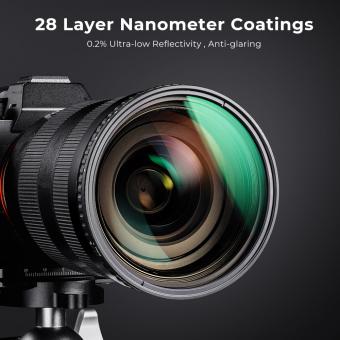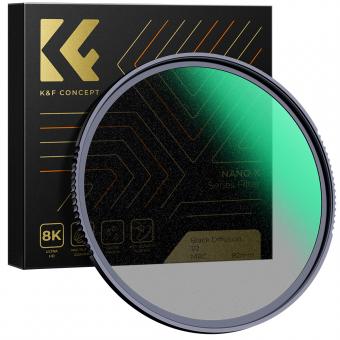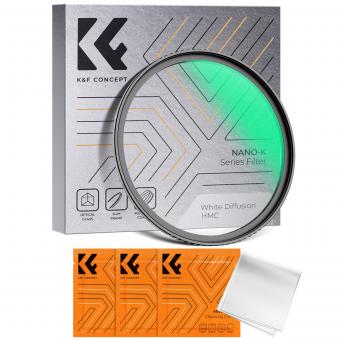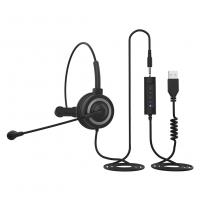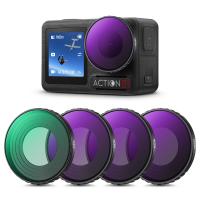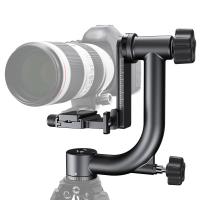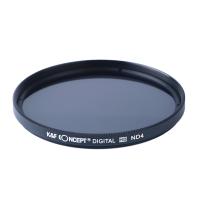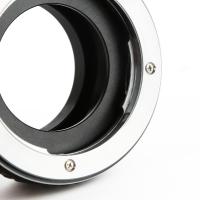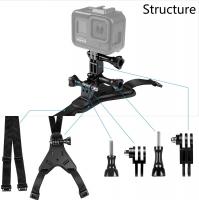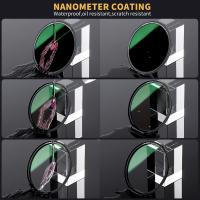Which Filter Is Best For Photography ?
There is no one "best" filter for photography as it depends on the specific situation and desired effect. Some common filters include polarizing filters to reduce glare and increase color saturation, neutral density filters to reduce the amount of light entering the lens for longer exposures, and graduated neutral density filters to balance the exposure between the sky and foreground in landscape photography. Other filters, such as color filters and diffusion filters, can be used for creative effects. Ultimately, the choice of filter will depend on the photographer's vision for the image and the equipment being used.
1、 Polarizing filters
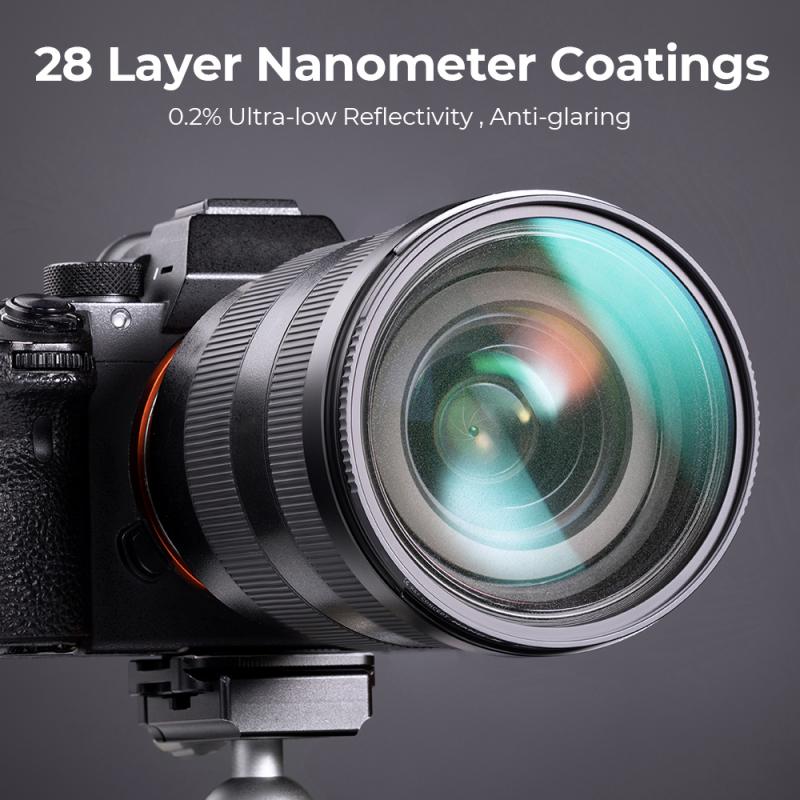
Polarizing filters are considered one of the best filters for photography. They are designed to reduce glare and reflections from non-metallic surfaces such as water, glass, and foliage. This filter is particularly useful for landscape photography, where reflections can often be a problem. Polarizing filters can also enhance the color saturation of the image, making the colors appear more vibrant and vivid.
In recent years, there has been a shift towards using digital filters in post-processing rather than physical filters. However, polarizing filters still have their place in photography. They can be used to achieve effects that cannot be replicated in post-processing, such as reducing the glare on a car's windshield or enhancing the colors of a sunset.
When choosing a polarizing filter, it is important to consider the quality of the filter. Cheaper filters may produce a color cast or reduce the sharpness of the image. It is recommended to invest in a high-quality filter from a reputable brand.
Overall, polarizing filters are a valuable tool for photographers, especially for landscape and outdoor photography. While digital filters have become more popular, polarizing filters still offer unique benefits that cannot be replicated in post-processing.
2、 UV filters
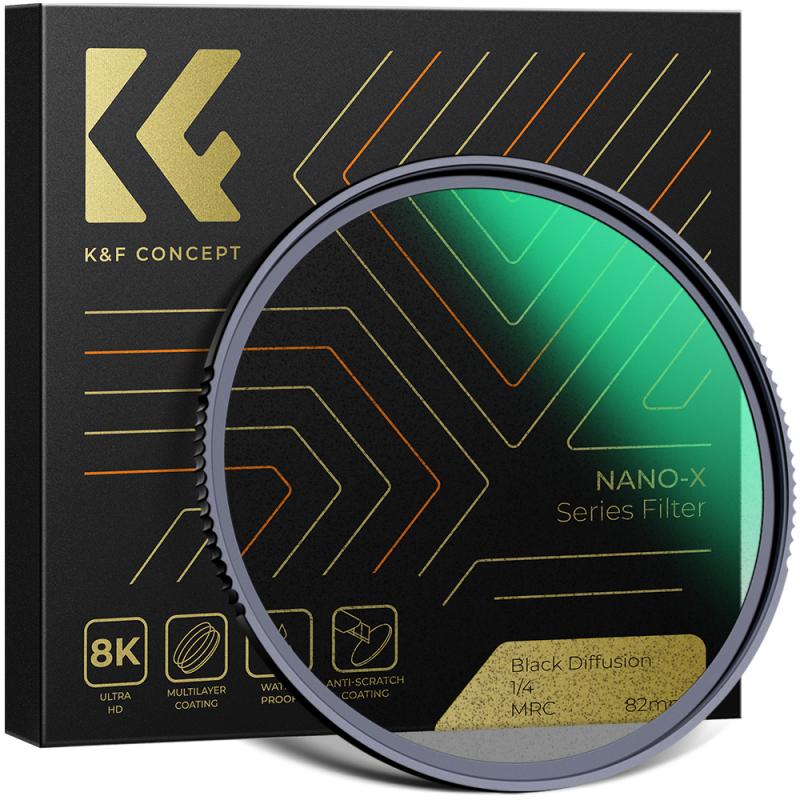
Which filter is best for photography? The answer to this question depends on the specific needs of the photographer. However, one of the most commonly used filters in photography is the UV filter.
UV filters are designed to block ultraviolet light, which can cause hazy and blurry images, especially in outdoor photography. They also protect the lens from scratches, dust, and other potential damage. UV filters are available in different strengths, and some are multi-coated to reduce glare and improve image quality.
While some photographers argue that UV filters can degrade image quality, the latest point of view suggests that the impact is minimal, especially with high-quality filters. In fact, many professional photographers use UV filters as a standard practice to protect their lenses.
However, it's important to note that UV filters are not necessary for all types of photography. For example, they may not be needed for indoor or low-light photography. Additionally, some photographers prefer to use other types of filters, such as polarizing filters or neutral density filters, depending on their specific needs.
In conclusion, UV filters are a popular choice for photographers looking to protect their lenses and improve image quality in outdoor photography. While there may be some debate about their impact on image quality, the latest point of view suggests that high-quality UV filters have minimal impact and are a valuable tool for many photographers.
3、 Neutral density filters
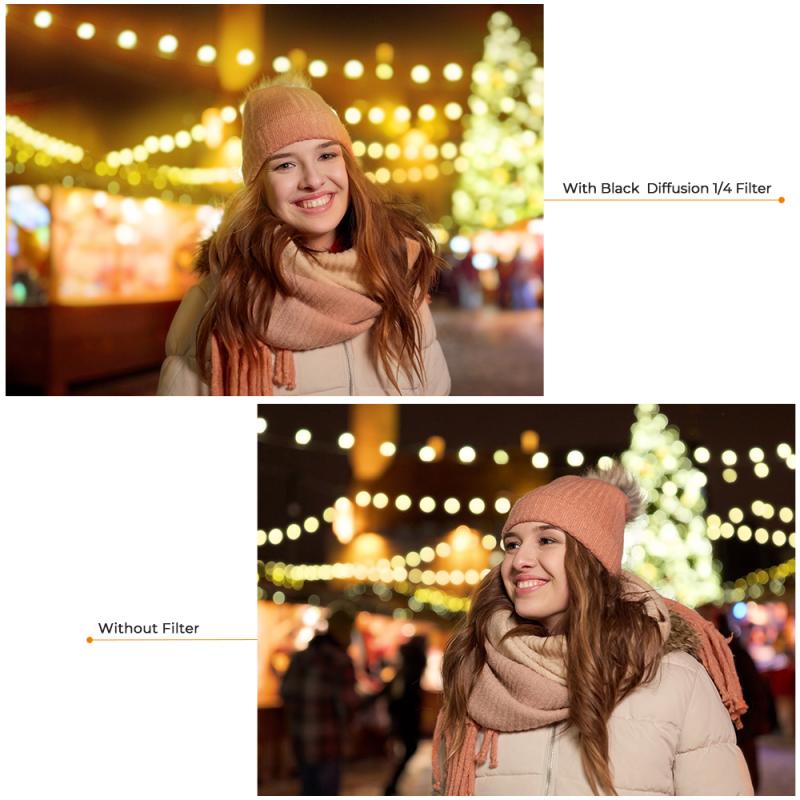
Neutral density filters are considered the best filters for photography, especially when it comes to landscape and outdoor photography. These filters are designed to reduce the amount of light that enters the camera lens without affecting the color or contrast of the image. This allows photographers to use slower shutter speeds or wider apertures in bright conditions, resulting in more creative control over the final image.
In recent years, neutral density filters have become increasingly popular among photographers due to their versatility and ability to capture stunning images in a variety of lighting conditions. They are available in different strengths, ranging from 1-stop to 10-stop, allowing photographers to choose the right filter for their specific needs.
One of the latest trends in neutral density filters is the use of variable ND filters. These filters allow photographers to adjust the strength of the filter by rotating the front element, providing greater flexibility and convenience in the field. However, it is important to note that some variable ND filters can produce unwanted color casts or vignetting, so it is important to choose a high-quality filter from a reputable manufacturer.
Overall, neutral density filters are an essential tool for any photographer looking to capture stunning images in bright conditions. Whether you choose a traditional or variable ND filter, investing in a high-quality filter will help you achieve the best possible results.
4、 Graduated neutral density filters
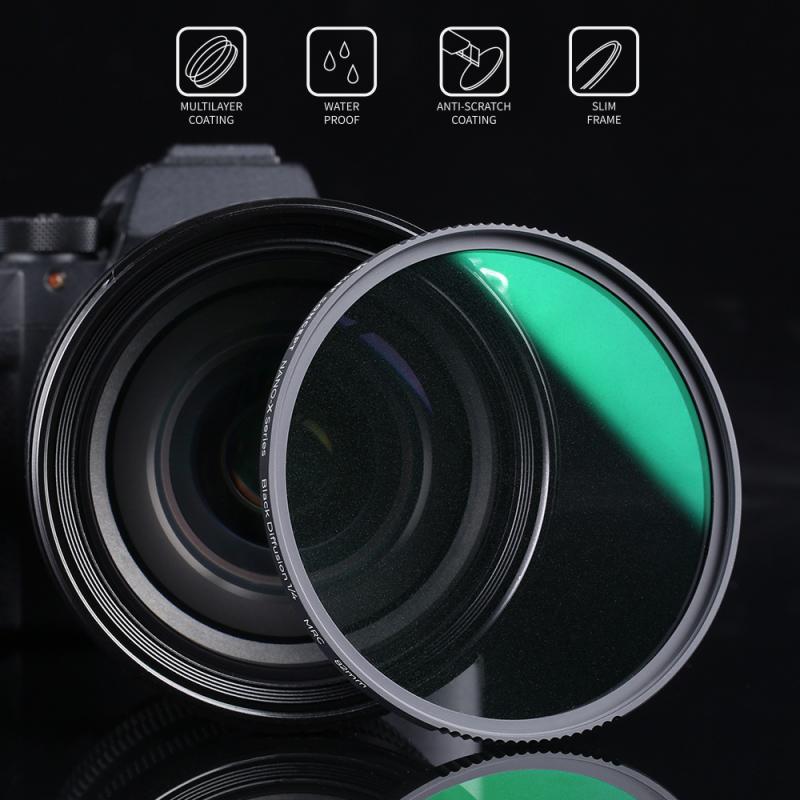
Graduated neutral density filters are considered one of the best filters for photography, especially for landscape photography. These filters are designed to balance the exposure of the sky and the foreground in a scene, which is often a challenge for photographers. The filter is darker at the top and gradually becomes lighter towards the bottom, allowing the photographer to capture a well-exposed image with a balanced exposure.
There are different types of graduated neutral density filters available in the market, including hard-edge, soft-edge, and reverse. Hard-edge filters are ideal for scenes with a clear horizon line, while soft-edge filters are suitable for scenes with a more gradual transition between the sky and the foreground. Reverse filters are designed for capturing sunrises and sunsets, where the brightest part of the scene is at the horizon.
In recent years, there has been a shift towards using digital post-processing techniques to achieve similar results as graduated neutral density filters. However, many photographers still prefer using filters as they allow for a more accurate and natural-looking result. Additionally, using filters can save time and effort in post-processing, as the desired effect is achieved in-camera.
Overall, while there are other filters available for photography, graduated neutral density filters remain a popular choice for landscape photographers. The type of filter chosen will depend on the scene and the photographer's preference, but the results can be stunning when used correctly.




